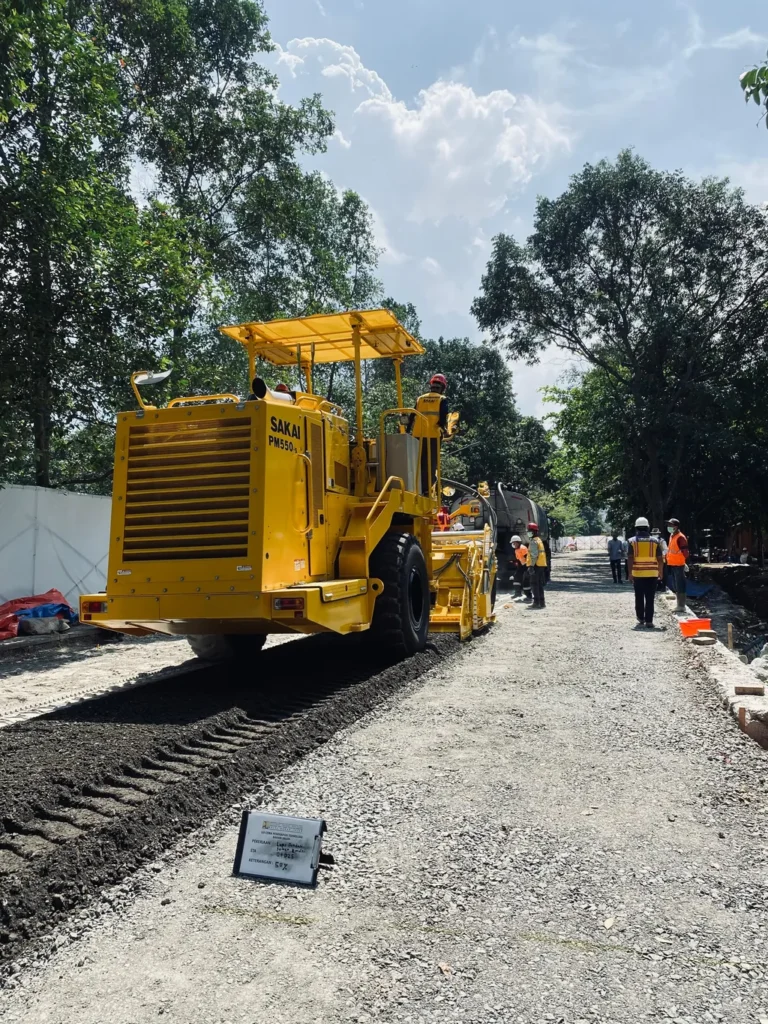In the heart of Indonesia, a critical transportation artery is set to receive a significant upgrade, and the science behind its construction could reshape how we approach road infrastructure in the region. The Subaim – Buli Road, a vital connection to the bustling hub of Maba, is undergoing a transformation that promises to enhance mobility and bolster the local economy. At the forefront of this project is Gilang Ramadan Kololikiye, a researcher from Universitas Islam Malang, who has applied the American Association of State Highway and Transportation Officials (AASHTO) 1993 guidelines to optimize the road’s design.
The Subaim – Buli Road, stretching 10,700 meters with a width of 3 x 2 meters, is a lifeline for the local community. “Improving this infrastructure is not just about laying asphalt; it’s about connecting people and fostering economic growth,” Kololikiye explains. His research, published in the Journal Innovation of Civil Engineering (Jurnal Inovasi Teknik Sipil), delves into the intricacies of rigid pavement design, a critical factor in ensuring the road’s longevity and durability.
One of the key findings of Kololikiye’s study is the determination of the plate thickness required for the road’s pavement. Using the AASHTO 1993 guidelines, he calculated that a plate thickness of just 7.335 cm would suffice, well below the standard 15 cm. This finding has significant implications for the construction industry, as it suggests that under certain conditions, less material can be used without compromising the road’s structural integrity.
The commercial impacts of this research are substantial, particularly for the energy sector. Efficient road infrastructure is crucial for the transportation of goods, including energy resources. “By optimizing the design of our roads, we can reduce construction costs and improve the efficiency of our supply chains,” Kololikiye notes. This could lead to lower operational costs for energy companies and ultimately, more affordable energy for consumers.
The research also highlights the importance of considering local conditions when designing road infrastructure. The California Bearing Ratio (CBR) value of 6.23% and the design life of 20 years are critical parameters that must be taken into account. “Every region has its unique challenges and opportunities,” Kololikiye says. “By tailoring our designs to these specific conditions, we can create more resilient and cost-effective infrastructure.”
The implications of Kololikiye’s research extend beyond the Subaim – Buli Road. As Indonesia continues to invest in its transportation infrastructure, the insights gained from this study could shape the future of road construction in the region. “This research is just the beginning,” Kololikiye concludes. “There is still much to learn and many opportunities to innovate.”
In an era where sustainability and efficiency are paramount, Kololikiye’s work serves as a reminder that sometimes, less can be more. By challenging conventional wisdom and applying rigorous scientific principles, he has paved the way for a new approach to road construction that could benefit not only Indonesia but the global construction industry as a whole.

